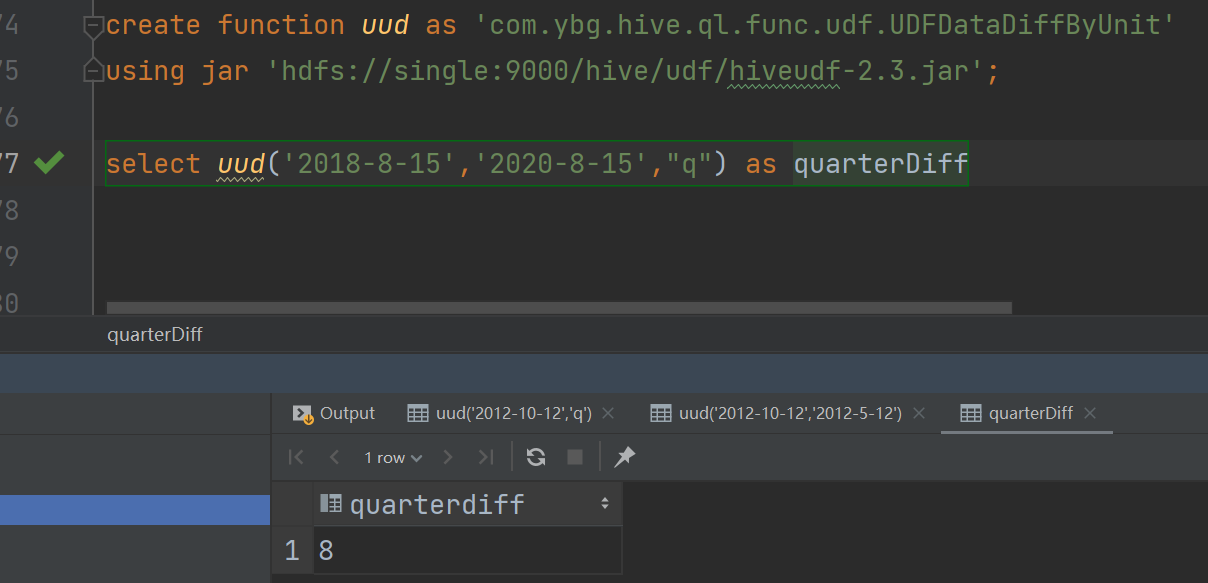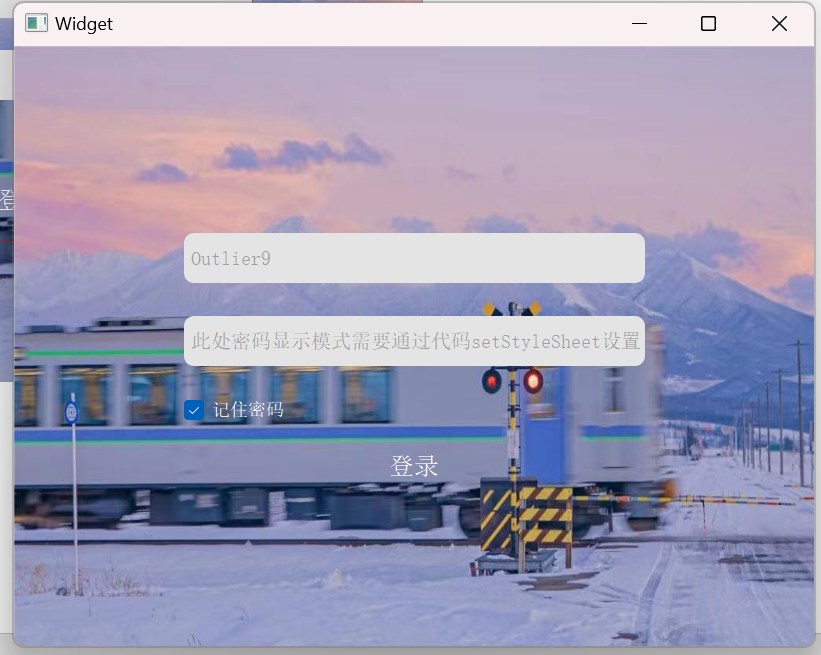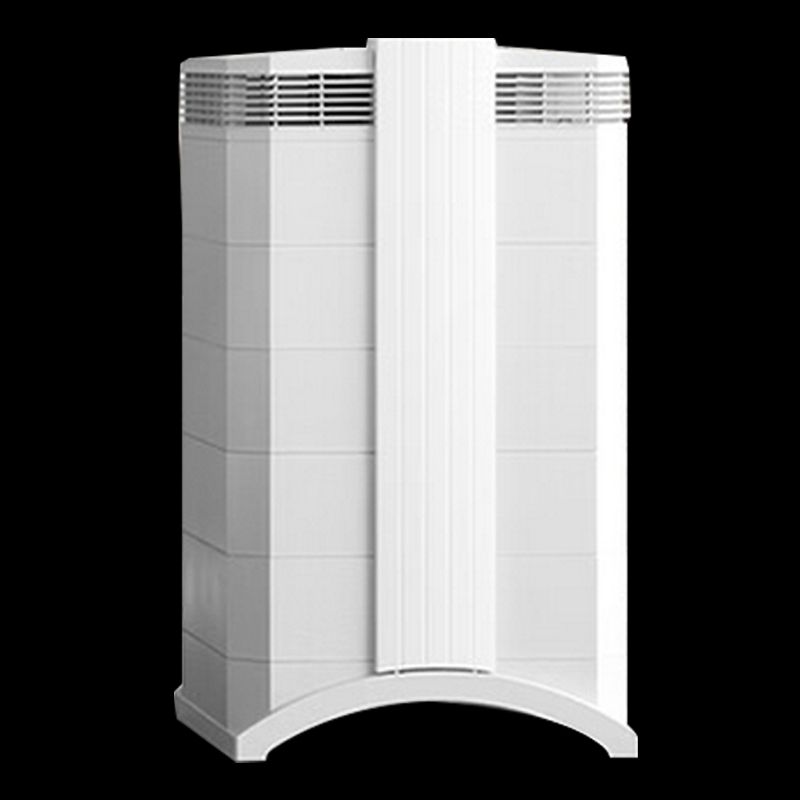Hi~!这里是奋斗的明志,很荣幸您能阅读我的文章,诚请评论指点,欢迎欢迎 ~~
🌱🌱个人主页:奋斗的明志
🌱🌱所属专栏:数据结构

📚本系列文章为个人学习笔记,在这里撰写成文一为巩固知识,二为展示我的学习过程及理解。文笔、排版拙劣,望见谅。

文章目录
- 一、队列(Queue)
- 1.概念
- 2.队列的使用
- 二、队列模拟实现
- 1.用双链表实现队列
- 2.循环队列(利用数组设计)
- 2.1循环队列图解
- 2.2代码展示
- 三、双端队列 (Deque)
- 四、用队列实现栈(面试题)
- 1.题目
- 2.解析
- 3.代码展示
- 五、用栈实现队列(面试题)
- 1.题目
- 2.解析
- 3.代码展示
- 总结
一、队列(Queue)
1.概念
队列:只允许在一端进行插入数据操作,在另一端进行删除数据操作的特殊线性表,队列具有先进先出FIFO(First In First Out)
入队列:进行插入操作的一端称为队尾(Tail/Rear)
出队列:进行删除操作的一端称为队头 (Head/Front)

2.队列的使用
在Java中, Queue是个接口,底层是通过链表实现的。

| 方法 | 功能 |
|---|---|
| boolean offer(E e) | 入队列 |
| E poll() | 出队列 |
| peek() | 获取队头元素 |
| int size() | 获取队列中有效元素个数 |
| boolean isEmpty() | 检测队列是否为空 |
代码如下(示例):
public static void main(String[] args) {
Queue<Integer> q = new LinkedList<>();
q.offer(1);
q.offer(2);
q.offer(3);
q.offer(4);
q.offer(5); //从队尾入队列
System.out.println(q.size());
System.out.println(q.peek()); // 获取队头元素
q.poll();
System.out.println(q.poll()); // 从队头出队列 ,并将删除的元素返回
if (q.isEmpty()) {
System.out.println("队列空");
} else {
System.out.println(q.size());
}
}
二、队列模拟实现
队列中既然可以存储元素,那底层肯定要有能够保存元素的空间,通过前面线性表的学习了解到常见的空间类型有两种:
顺序结构和链式结构。
思考下:
队列的实现使用顺序结构还是链式结构好?
1.用双链表实现队列
进队:

出队:

代码如下(示例):
package queuedemo;
public class MyQueue {
//用双链表实现队列
//结点类
static class ListNode {
public int val;
public ListNode next;
public ListNode prev;
//提供构造方法
public ListNode(int val) {
this.val = val;
}
}
public ListNode head;//头结点
public ListNode last;//尾结点
/**
* 1.尾插法
* 相当于入队
*/
public void offer(int val) {
ListNode node = new ListNode(val);
if (head == null) {
head = last = node;
} else {
last.next = node;
node.prev = last;
last = last.next;
}
}
/**
* 2.头删
* 相当于出队
*/
public int poll() {
if (head == null) {
return -1;
}
int val = -1;
if (head.next == null) {
val = head.val;
head = null;
last = null;
return val;
}
val = head.val;
head = head.next;
head.prev = null;
return val;
}
public boolean empty() {
return head == null;
}
public int peek(){
if (head == null){
return -1;
}
return head.val;
}
}
2.循环队列(利用数组设计)
实际中我们有时还会使用一种队列叫
循环队列。如操作系统课程讲解生产者消费者模型时可以就会使用循环队列。环形队列通常使用数组实现。
如何区分空与满?
- 通过添加 size 属性记录
- 保留一个位置
- 使用标记
2.1循环队列图解


2.2代码展示
设计循环队列

package queuedemo;
//利用数组设计循环队列
public class MyCircularQueue {
public int[] elem;
public int front;
public int rear;
public MyCircularQueue(int k) {
//构造方法进行数组初始化
this.elem = new int[k];
}
/**
* 入队操作
*
* @param value
* @return
*/
public boolean enQueue(int value) {
if (isFull()) {
return false;
}
elem[rear] = value;
//例如 (k - 1 + 1) % k = 0
rear = (rear + 1) % elem.length;
return true;
}
/**
* 出队操作
*
* @return
*/
public boolean deQueue() {
//先判断空不空
if (isEmpty()) {
return false;
}
front = (front + 1) % elem.length;
return true;
}
/**
* 得到队头元素,不删除
* @return
*/
public int Front() {
//先判断空不空
if (isEmpty()) {
return -1;
}
return elem[front];
}
/**
* 得到队尾元素,不删除
* @return
*/
public int Rear() {
//先判断空不空
if (isEmpty()) {
return -1;
}
int index = (rear == 0) ? elem.length - 1 : rear - 1;
return elem[index];
}
public boolean isEmpty() {
return front == rear;
}
/**
* 判断是否满了
*
* @return
*/
public boolean isFull() {
return (rear + 1) % elem.length == front;
}
}
三、双端队列 (Deque)
双端队列(deque)是指允许两端都可以进行入队和出队操作的队列, deque 是“double ended queue” 的简称。 那就说明元素可以从队头出队和入队,也可以从队尾出队和入队。
Deque是一个接口,使用时必须创建LinkedList的对象。

- 在实际工程中,使用Deque接口是比较多的,
栈和队列均可以使用该接口。
Deque<Integer> stack = new ArrayDeque<>();//双端队列的线性实现
Deque<Integer> queue = new LinkedList<>();//双端队列的链式实现
四、用队列实现栈(面试题)
用队列实现栈
1.题目

2.解析
-
构造方法 MyStack():
初始化两个队列
queue1和queue2,这两个队列用来辅助实现栈的操作。 -
压栈操作 push(int x):
如果当前栈为空(即两个队列都为空),直接将元素 x 放入 queue1。
如果其中一个队列不为空,将元素 x 放入非空的队列中(保持一个队列为空,一个队列非空的状态,以便后续操作)。 -
弹出栈顶元素 pop():
首先判断栈是否为空,如果为空直接返回 -1。
如果 queue1 非空,将 queue1 中除了最后一个元素外的所有元素依次转移到 queue2 中,然后弹出 queue1 的最后一个元素作为栈顶元素返回。
如果 queue2 非空,类似地操作,将 queue2 中除了最后一个元素外的所有元素转移到 queue1 中,然后弹出 queue2 的最后一个元素返回。 -
获取栈顶元素 top():
同样先判断栈是否为空,为空则返回 -1。
如果 queue1 非空,将 queue1 中的所有元素依次转移到 queue2 中,并记录最后一个转移的元素作为栈顶元素返回。
如果 queue2 非空,类似地操作,将 queue2 中的所有元素依次转移到 queue1 中,并记录最后一个转移的元素返回。 -
判断栈是否为空 empty():
如果 queue1 和 queue2 都为空,则栈为空,返回 true;否则返回 false。
这种使用两个队列来模拟栈的实现方式是经典的算法题目,可以有效地实现栈的各种操作。
3.代码展示
class MyStack {
//利用队列实现栈
//不能使用双端队列
public Queue<Integer> queue1;
public Queue<Integer> queue2;
public MyStack() {
//在构造方法里面实例化
this.queue1 = new LinkedList<>();
this.queue2 = new LinkedList<>();
}
/**
* 压栈操作
* @param x
*/
public void push(int x) {
if (empty()){
queue1.offer(x);
return;
}
if (!queue1.isEmpty()){
queue1.offer(x);
}else {
queue2.offer(x);
}
}
/**
* 弹出栈顶元素
* @return
*/
public int pop() {
if (empty()){
//说明模拟的栈是空的
return -1;
}
//找到不为空的元素,出size - 1 个元素
if (!queue1.isEmpty()){
int size = queue1.size();
for (int i = 0; i < size - 1; i++) {
queue2.offer(queue1.poll());
}
return queue1.poll();
}else {
int size = queue2.size();
for (int i = 0; i < size - 1; i++) {
queue1.offer(queue2.poll());
}
return queue2.poll();
}
}
public int top() {
if (empty()){
//说明模拟的栈是空的
return -1;
}
//找到不为空的元素,出size - 1 个元素
if (!queue1.isEmpty()){
int size = queue1.size();
int tmp = -1;
for (int i = 0; i < size; i++) {
tmp = queue1.poll();
queue2.offer(tmp);
}
return tmp;
}else {
int size = queue2.size();
int tmp = -1;
for (int i = 0; i < size; i++) {
tmp = queue2.poll();
queue1.offer(tmp);
}
return tmp;
}
}
public boolean empty() {
return queue1.isEmpty() && queue2.isEmpty();
}
}
/**
* Your MyStack object will be instantiated and called as such:
* MyStack obj = new MyStack();
* obj.push(x);
* int param_2 = obj.pop();
* int param_3 = obj.top();
* boolean param_4 = obj.empty();
*/
五、用栈实现队列(面试题)
1.题目
用栈实现队列

2.解析

-
stack1 和 stack2:这两个栈用来实现队列的操作。 -
stack1 用于存储入队的元素。 -
stack2 在需要出队或查看队头元素时用来辅助操作。 -
入队方法 push(int x):
直接将元素 x 压入 stack1 中,即将元素添加到队列的末尾。
-
出队方法 pop():
首先检查队列是否为空,如果为空则返回 -1。
如果 stack2 为空(即队列中的元素都在 stack1 中),则将 stack1 中的所有元素逐个弹出并压入 stack2,然后从 stack2 弹出栈顶元素作为出队元素返回。
如果 stack2 非空,则直接从 stack2 弹出栈顶元素作为出队元素返回。 -
查看队头元素方法 peek():
首先检查队列是否为空,如果为空则返回 -1。
如果 stack2 为空,则将 stack1 中的所有元素逐个弹出并压入 stack2,然后返回 stack2 的栈顶元素作为队头元素,但不移除它。
如果 stack2 非空,则直接返回 stack2 的栈顶元素。 -
判断队列是否为空方法 empty():
如果 stack1 和 stack2 都为空,则队列为空,返回 true;否则返回 false。
总结
这段代码通过两个栈 stack1 和 stack2 实现了队列的基本功能,其中 stack1 用于入队操作,而 stack2 在需要出队或查看队头元素时扮演辅助作用。这种实现方式保证了入队操作的时间复杂度为 O(1),出队和查看队头元素的平均时间复杂度为 O(1),空间复杂度为 O(n),其中 n 是队列中的元素个数。
3.代码展示
package queuedemo;
import java.util.Stack;
public class MyQueue1 {
//用栈实现队列
//两个栈
public Stack<Integer> stack1;
public Stack<Integer> stack2;
public MyQueue1() {
this.stack1 = new Stack<>();
this.stack2 = new Stack<>();
}
/**
* 入队列
*
* @param x
*/
public void push(int x) {
stack1.push(x);
}
/**
* 出队列
*
* @return
*/
public int pop() {
if (empty()) {
return -1;
}
if (stack2.isEmpty()) {
while (!stack1.isEmpty()) {
stack2.push(stack1.pop());
}
return stack2.pop();
}
return stack2.pop();
}
/**
* 队头元素
*
* @return
*/
public int peek() {
if (empty()) {
return -1;
}
if (stack2.isEmpty()) {
while (!stack1.isEmpty()) {
stack2.push(stack1.pop());
}
return stack2.peek();
}
return stack2.peek();
}
public boolean empty() {
return stack1.isEmpty() && stack2.isEmpty();
}
}
总结
数组下标循环的小技巧
- 下标最后再往后(offset 小于 array.length): index = (index + offset) % array.length


- 下标最前再往前(offset 小于 array.length): index = (index + array.length - offset) % array.length























